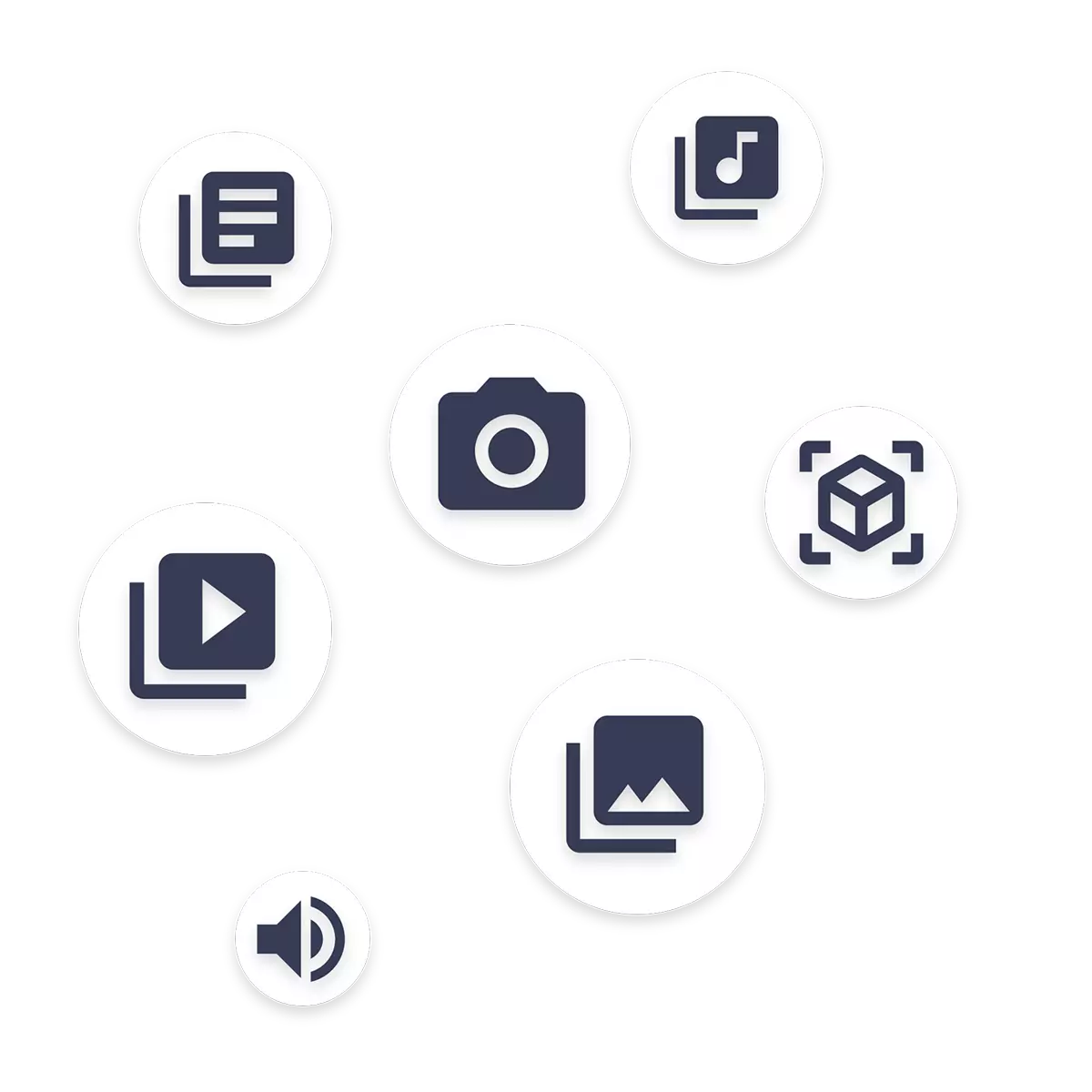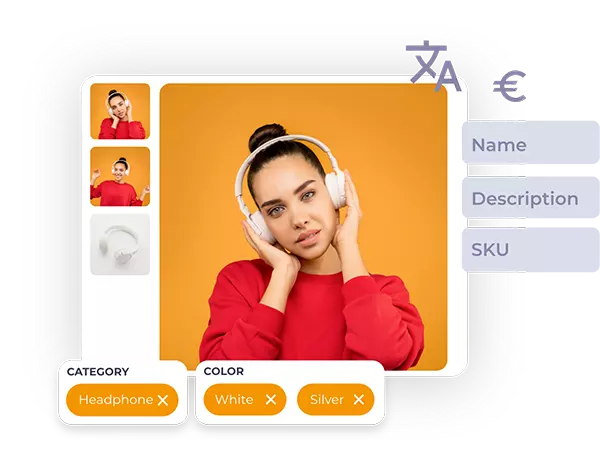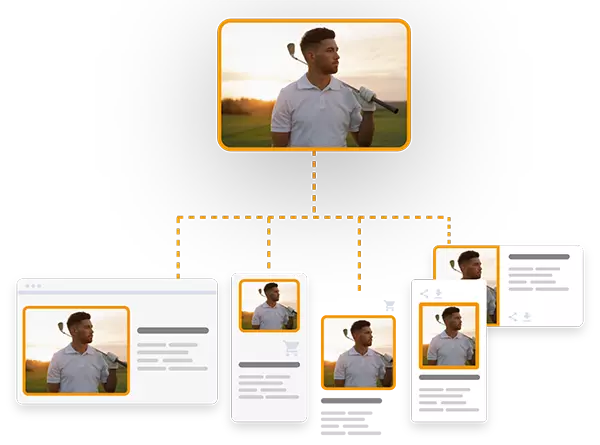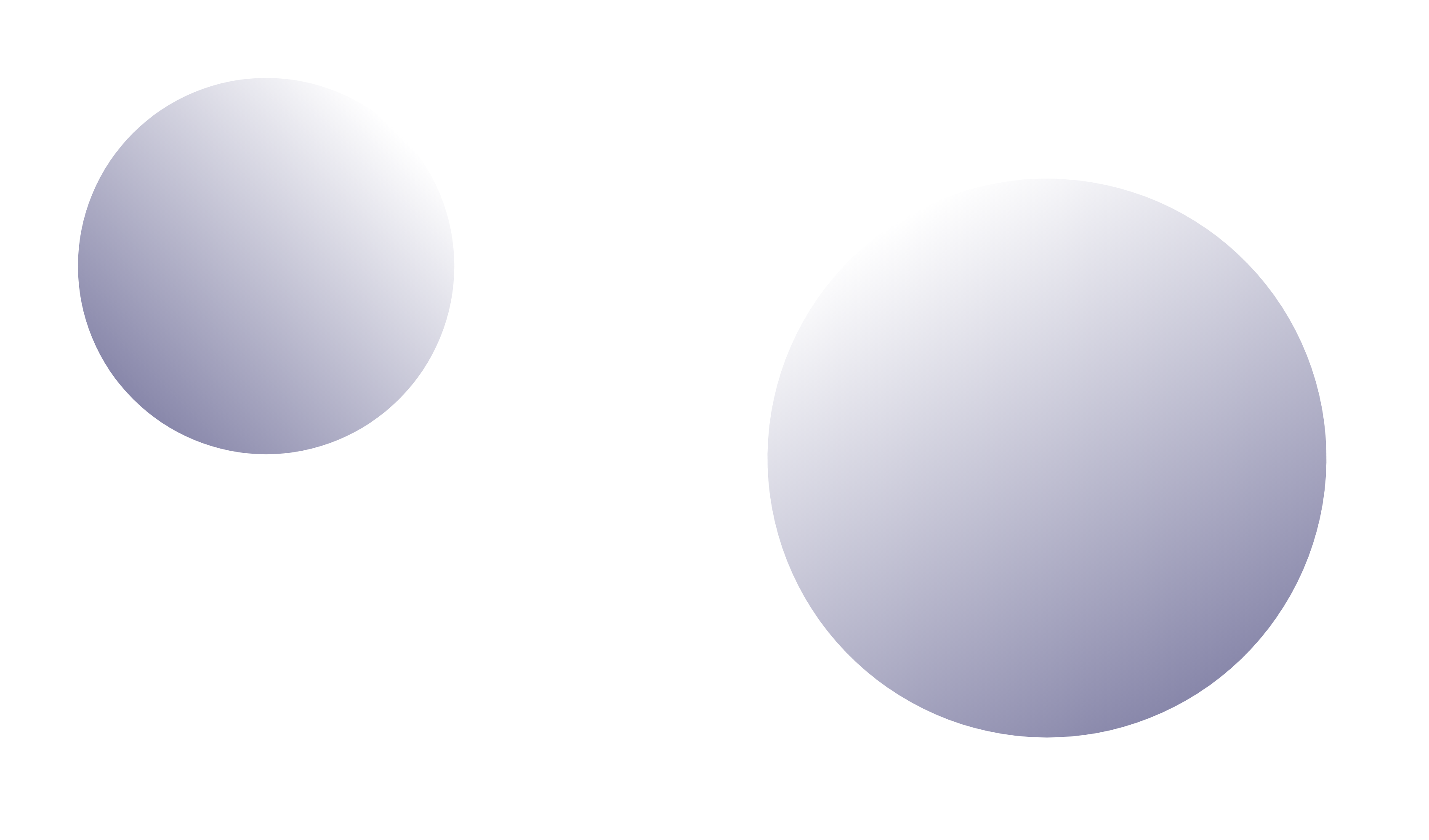
DAM stands for Digital Asset Management.
It is a software platform which helps people create, organise and distribute digital content on all channels.
DAM is software which allows you to centralise all an organisation’s multimedia content, as if it were a sort of library of digital assets.
There are numerous DAM software on the market.
Some are limited to being simple archives, while others support the entire lifecycle of a digital asset because they allow any content to be centralised, enriched, searched for, shared and published.
Often the term MAM is considered synonymous with DAM, but they are different tools.
The difference between DAM and MAM (Media Asset Management) is simple: while the first manages all types of digital assets, the second supports the management of audio and video content.
First and foremost, what is a digital asset?
In short, a digital asset is multimedia content (image, video, audio or document) created by the organisation for the purposes of productivity or communication.
Content can be called digital assets if it is enriched by one or more piece of metadata, a kind of label that enriches its informational reach
The best DAM software packages manage any digital file format and relative metadata.


Without having to pay the licensing and integration costs of PIM software.

Letting the platform adapt the content to each channel.

And touchpoints are updated in real time whenever an asset is modified.
Now we know what DAM means and what Digital Asset Management software does, we can look at what benefits it can offer.
In particular, we will refer to the advantages of adopting a SaaS DAM software (Software as a Service), one of the applications which as well as offering the benefits of cloud platforms, in other words zero maintenance costs and maximum performance, has an impact on the entire organisation.
A DAM is the sole source of truth for the organisation because it is a centralised system in which all file types converge.
With a DAM software, there are no copies – the system manages the most up-to-date version of all content, and, when required, the previous ones.
Digital Asset Management solutions allow digital assets to be organised securely.
The spaces where the pieces of content are stored are accessible only to the users and groups who have been granted specific viewing permissions.
A Digital Asset Management tool allows you to enrich digital content with a series of information which describes and contextualises it: metadata.
These data enable the indexing of the assets which, in turn, speeds up searches from any location or device.
The centralisation offered by a content management platform also involves collaboration.
A hub for digital asset automates activities and workflows, preventing the processes from being managed in an unstructured fashion on many different tools.
A DAM digitises operational activities relating to the lifecycle of content, allowing you to save time.
For example, distributing digital assets with a tool of this type allows all communication channels to be updated automatically, without manual intervention.
Not only the company benefits from a hub which centralises digital assets.
Updating the content present on all touchpoints in real time means users – whether they are partners or B2B or B2C customers – perceive the brand as consistent, regardless of the channel used.
We have been supporting companies like yours on Digital Asset Management issues for over 20 years.
We look forward to sharing everything we have learnt with you.
The cross-cutting nature of a Digital Asset Management platform makes it central in organisations, to the point where the ability to integrate this software is a crucial aspect.
Having the DAM software communicate with the PIM software is essential.
By integrating the systems, it is indeed possible to associate all content with the product data it represents, simplifying the company’s activities on the various channels with which it communicates.

In many organisations, PIM and DAM are two distinct tools. Nevertheless, there are solutions with both Digital Asset Management and Product Information Management functionality.
A platform which includes DAM and PIM, as well as enabling combined management of assets and data, simplifies the technological stack, breaks down the silos between different teams (e.g. marketing and product) and means zero costs for integrating different applications.


These areas were just examples.
Digital Asset Management is crucial for every company.
Now we know what the term DAM means, and that a tool for managing assets is more than just an archive for sharing files or rich media, how can you understand whether your company needs one?
Every organisation is unique, but there are some clues which can guide us.
If the content is stored in network folders and file sharing services, it is not available to everyone in the organisation who could need it.
With a DAM, you can organise marketing materials into accessible spaces according to predetermined visibility rules and other permissions. You also avoid any duplication.
Another clue that a Digital Asset Management platform would be a good idea is the time required to find an image, video, audio file or other file or document you need.
Does it take more than just a few seconds? A DAM’s indexing and filters can save your productivity.
If sharing larger files within the company is a problem, a DAM is the ideal solution. .
The same applies if exchanging content between marketing teams of different divisions with the sales team, dealers or any other partner requires a lot of manual work.
E-mail messages are not ideal for collaboration – they are just for distributing information.
Things already get complicated with content – particularly when it comes to large file sizes or unusual formats. If you need to assign activities, manage approvals or exchange feedback on the digital assets, then forget it!
With so many touchpoints, each piece of content must be optimised according to the attributes required by the specific channel and published on a case-by-case basis.
A web app to manage digital assets lowers operating time. Particularly when it also supports product information management.
Want to know more about our unique platform? DAM and PIM in one software, so you can rule all your digital assets and any data or information from your products together and without duplication.